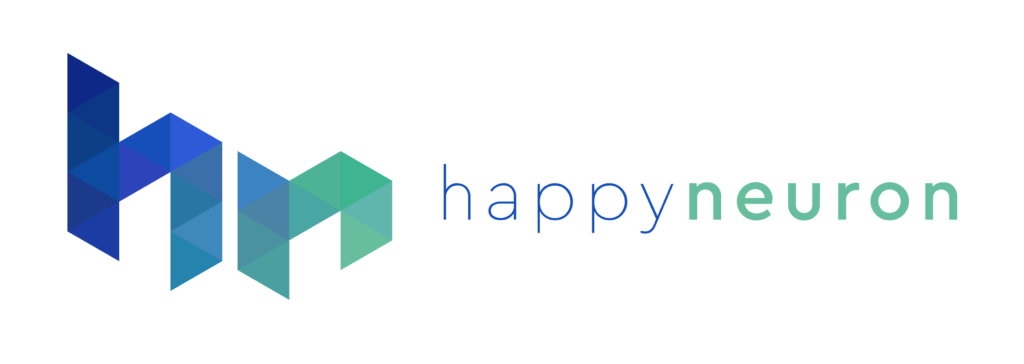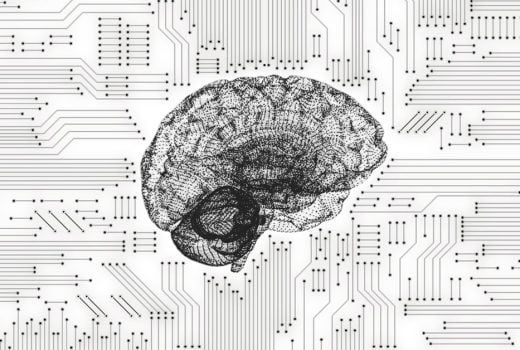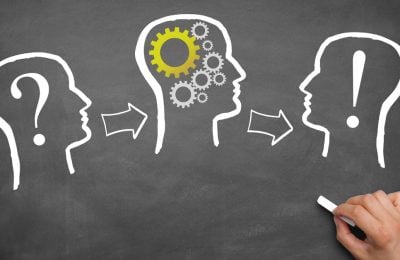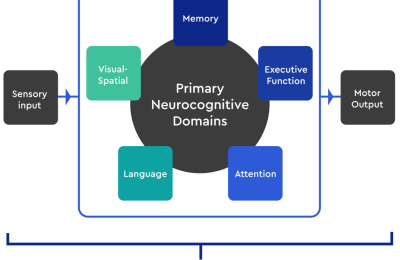The importance of executive functions in daily life
Executive functions play a pivotal role in nearly every aspect of our lives. From completing everyday tasks to pursuing long-term goals, these cognitive processes provide the cognitive framework necessary for success in academics, work, relationships, and personal development.
Here are just a few examples of day-to-day activities that involve executive functions:
- Planning out tasks for the work day
- Packing a lunch for the next day/meal-prepping
- Staying on a sleep schedule
- Forming positive habits such as exercising
- Attending meetings on time
- Managing time throughout the day
- Maintaining a consistent level of effort at school or work
- Completing the necessary studying and school work to graduate
- Applying to a college or to a job
- Following directions
- Keeping track of belongings







